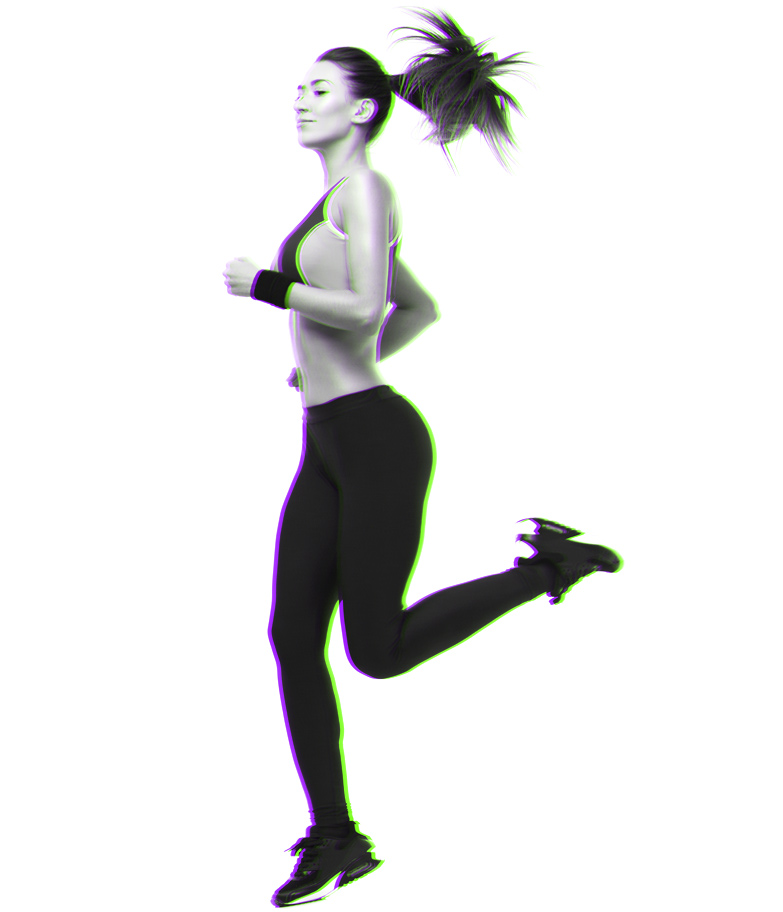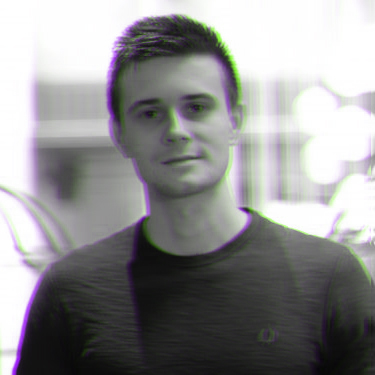Lucid Dream Fitness: A Practical Tool for Performance
Imagine if you could enhance your training, perfect your form, or power up a workout routine all while you’re fast asleep in bed.
Sounds like a fitness fantasy, doesn’t it? Well, it’s not as fictional or far-fetched as it first appears. Let me introduce you to the intriguing world of lucid dream fitness.

For those who have never heard of this practice, lucid dreaming is the sudden realization that you’re currently dreaming from within the dream itself – and in turn being able to have an influence over exactly what happens next.
Sure, you might choose to fly high above the clouds, or transport yourself to a distant land – but what if you used an opportunity like this to practice physical fitness while you’re asleep? The results of which simultaneously enhance your next training session.
This article aims to explore the wonders of lucid dreaming, what it means to become conscious within the subconscious setting of your dreams and how physical exercise and lucid dream fitness in this environment can enhance and improve your overall performance.
Unleashing the Brain's Potential in Fitness Through Lucid Dreaming
During the REM stage of sleep, where normal dreaming occurs, the prefrontal cortex part of your brain that deals with consciousness lays dormant while the visual cortex, brainstem and occipital lobe is highly active by projecting scenarios that appear to you as dreams.
The trick here, is to gently wake the prefrontal cortex, your conscious mind, within the setting of your subconscious dreamscape to trigger a humbling moment that’ll leave you speechless, or at the very least thinking to yourself, “Wow, I can’t believe it – I’m actually in a dream right now…”
From that point onwards you’re not just a dreamer, but you’re a doer. You can now consciously and voluntarily engage in exercises such as squats, bicep curls, press ups, or whatever you choose to make happen – after all, it’s your lucid dream.
And the best part? This won’t affect your rest and recovery stages of sleep either.
This isn’t mere imagination. This is your conscious mind actively mirroring the physical activity with all of its strains and expected resistance from within your own subconscious mind, creating a powerful rehearsal space for workouts.
But what’s really the point in doing this? Well, it all boils down to one word – neuroplasticity.
Rewiring Your Brain for Fitness Success
Neuroplasticity is the scientific term for the brain’s ability to reorganize, strengthen and form new neural connections associated with any activity – which is why it’s central to how lucid dreaming can enhance physical fitness and performance.
Anyone from athletes to fitness enthusiasts who practice physical exercise in lucid dreams, reinforce the neural pathways associated with those movements. As a result, when they next perform the exercises while awake, they find them much easier to do, as the brain has already ‘practiced’ the movement, depth, form and repetitions.
Incorporating lucid dreaming and the benefits of neuroplasticity into your fitness routine means that you recognize physical training is as much about the brain and mind as it is about the body. By bridging the gap between the mind and body in this way, creates a truly holistic approach to fitness.
Visualization: A Fitness Tool Taken Up A Notch
Athletes have long used visualization techniques to enhance performance, mentally rehearsing their sport to improve muscle memory, coordination and technique. Lucid dreaming elevates this practice, offering a more immersive and controlled environment.
In a lucid dream you won’t only be visualizing the activity but actively engaging in it, further strengthening the neural connections associated with the movement.
The internet is full of great advice on how to achieve lucidity in dreams, but only one resource primarily focuses on achieving lucid dreams for the benefit of enhancing physical fitness.
Lucivity Fitness offers a clear and concise course that guides you into achieving lucid dreams in an optimal way, then demonstrates how to implement physical fitness within them – as well as techniques for translating everything from a lucid dream to the next time you step into the gym or training facility.
Whether you’ve hit a plateau in your training, seeking that elusive edge in performance, or simply want to experience fitness from an entirely new perspective, then exploring lucid dreaming for fitness may well be the answer.
An Example Of Fitness In Lucid Dreams
Charlie Morley, a renowned author and expert in the field of lucid dreaming, brings a fascinating perspective to the table. Morley was involved in an experiment that worked with martial artists who were training to lucid dream.
After a number of workshops, 20 out of 100 athletes were able to achieve lucidity regularly. Once they achieved lucidity in their dreams, they had the exact same task to do as the soldiers – practice their squats.
The following day their brains were scanned and put through motor psychological testing, with very intriguing results. Athletes who had practiced squats in their lucid dreams showed an improvement in their ability to perform squats in their waking state.
That’s neuroplasticity in action – with some participants even registering an increase in muscle mass upon follow up sessions.
Now, here’s where it gets really interesting. Charlie suggests that you’re not increasing your muscle mass in the dream itself, because of course you’re not physically doing the squats.
Instead, you’re reinforcing the neural pathways that are associated with the movement of doing the squats. When you wake up and attempt to do the exercise, you find it easier because your brain has already practiced the action meticulously. As a result, the soldiers and martial artists could do more squats, which would of course increase their muscle mass.
Transforming Dreams into Reality for a Fitter You
Lucid dreaming is not an exclusive club or super power that only some people can master. Anyone from professional athletes, to avid gym goers or even people embarking on a brand new fitness journey can leverage lucid dreaming to practice and perfect physical exercises.
